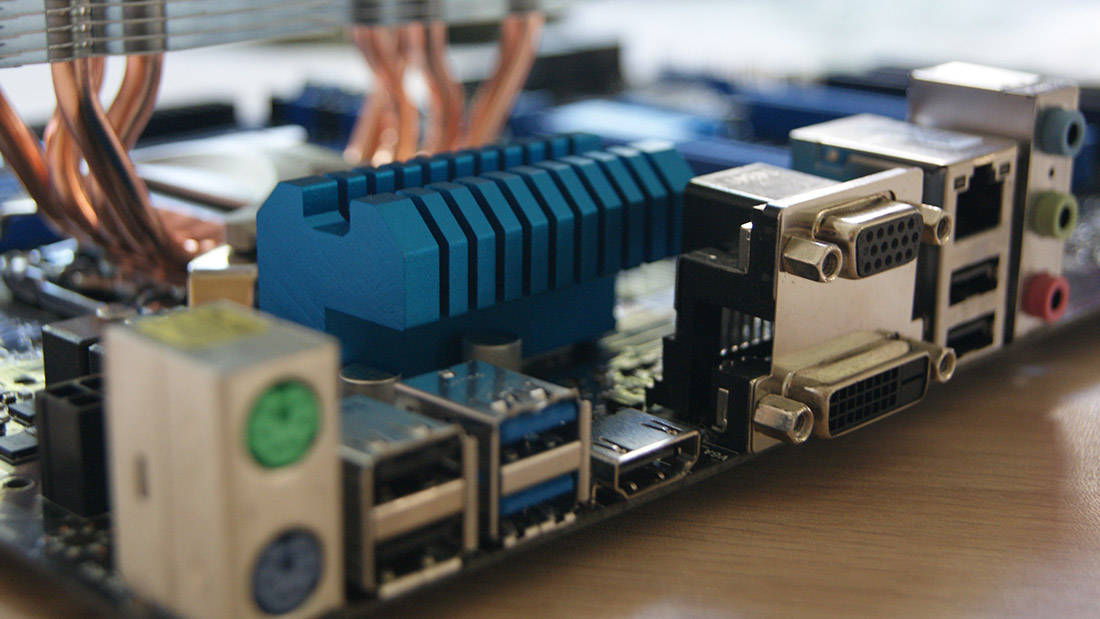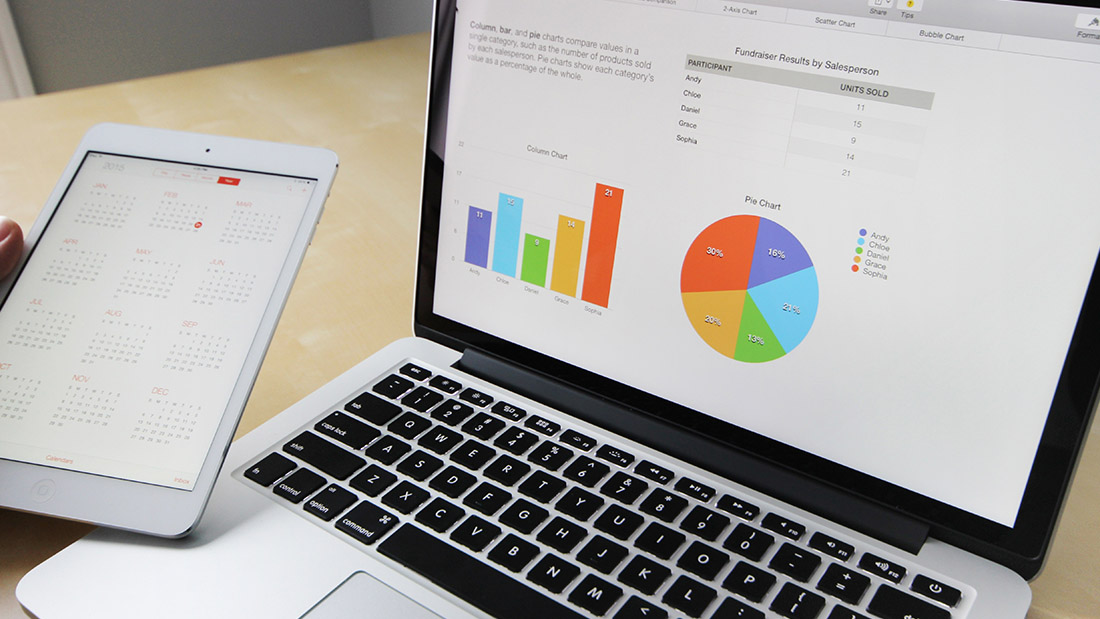Disaster Recovery as a Service (DRaaS): Is It Right for Your Business?
July 18, 2024
Go back to "News & Updates"

In today’s fast-paced digital world, ensuring your business can swiftly recover from unexpected disruptions is critical. Whether it’s a natural disaster, cyberattack, or hardware failure, downtime can significantly impact your operations and bottom line. This is where Disaster Recovery as a Service (DRaaS) comes into play. But is DRaaS the right solution for your business? Let’s explore what DRaaS entails, its benefits, and key considerations to help you make an informed decision.
What is DRaaS?
Disaster Recovery as a Service (DRaaS) is a cloud-based service that ensures your business can recover its data and IT infrastructure in the event of a disaster. Unlike traditional disaster recovery solutions, which often require significant investment in hardware and software, DRaaS leverages the scalability and flexibility of the cloud to provide cost-effective and efficient disaster recovery.
Benefits of DRaaS
1. Cost-Effective
One of the primary advantages of DRaaS is its cost-effectiveness. Traditional disaster recovery solutions require substantial upfront investment in infrastructure, maintenance, and dedicated IT staff. DRaaS, on the other hand, operates on a subscription-based model, allowing businesses to pay only for the resources they use.
2. Scalability
DRaaS offers unparalleled scalability, enabling businesses to adjust their disaster recovery resources based on current needs. This flexibility is particularly beneficial for growing businesses or those with fluctuating workloads, ensuring you only pay for what you need.
3. Faster Recovery Times
With DRaaS, recovery times are significantly reduced. Cloud-based disaster recovery solutions can replicate your entire IT environment, allowing for quick failover and minimal downtime. This ensures business continuity and reduces the impact of disruptions on your operations.
4. Expert Management
DRaaS providers offer expert management and monitoring of your disaster recovery processes. This means your disaster recovery plan is constantly updated, tested, and optimized by professionals, freeing up your internal IT team to focus on other critical tasks.
Is DRaaS Right for Your Business?
While DRaaS offers numerous benefits, it’s essential to evaluate whether it aligns with your business needs and objectives. Here are some key considerations:
1. Business Size and Complexity
DRaaS is ideal for businesses of all sizes, but it is particularly beneficial for small to medium-sized enterprises (SMEs) that may not have the resources to maintain an extensive in-house disaster recovery infrastructure. Larger enterprises with complex IT environments may also benefit from the scalability and flexibility of DRaaS.
2. Regulatory Compliance
If your business operates in a heavily regulated industry, such as healthcare or finance, ensuring compliance with data protection regulations is crucial. Many DRaaS providers offer solutions that comply with industry standards and regulations, providing an added layer of security and peace of mind.
3. Recovery Time Objectives (RTO) and Recovery Point Objectives (RPO)
Understanding your RTO and RPO requirements is critical when evaluating DRaaS solutions. RTO refers to the maximum acceptable amount of time to restore your systems, while RPO indicates the maximum amount of data loss your business can tolerate. DRaaS providers can tailor solutions to meet your specific RTO and RPO needs.
4. Budget and Resources
Assessing your budget and available resources is essential in determining if DRaaS is a viable option. While DRaaS is generally more cost-effective than traditional solutions, it’s important to ensure it fits within your financial constraints and aligns with your overall IT strategy.
Conclusion
Disaster Recovery as a Service (DRaaS) offers a powerful, flexible, and cost-effective solution for businesses looking to enhance their disaster recovery capabilities. By leveraging the cloud, DRaaS provides scalable resources, expert management, and faster recovery times, ensuring your business can quickly bounce back from any disruption.
However, it’s crucial to evaluate your specific business needs, regulatory requirements, RTO/RPO objectives, and budget to determine if DRaaS is the right fit. With the right DRaaS provider, you can safeguard your business against unexpected events and maintain continuity in today’s ever-evolving digital landscape.











